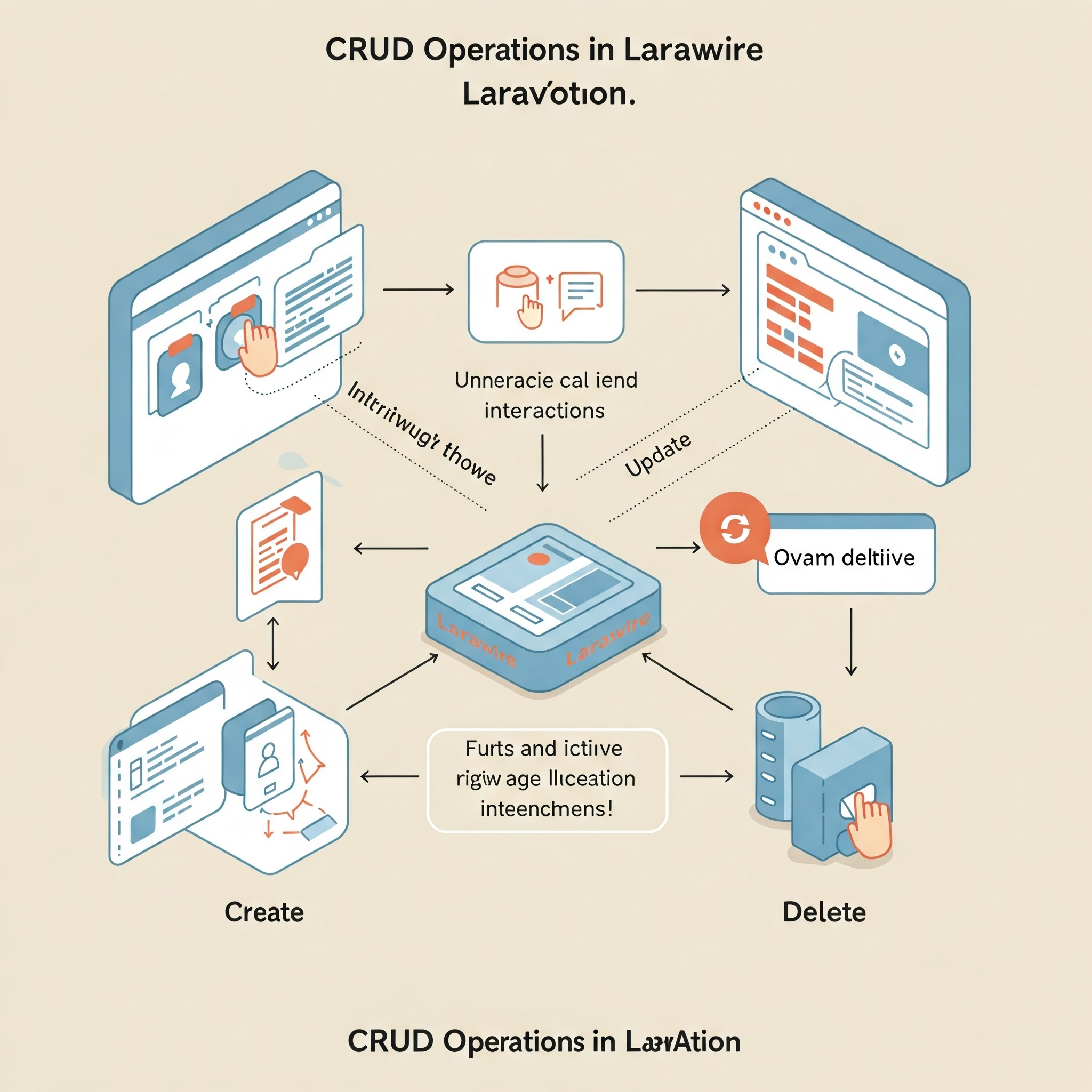
Next.js Vulnerability Exposes Protected Routes: What Developers Need to Know
On March 21, 2025, a critical security vulnerability in Next.js, identified as CVE-2025-29927, was disclosed. This authorization bypass flaw has raised serious concerns among developers and cybersecurity experts due to its ability to expose sensitive routes to unauthorized access. With a CVSS score of 9.1, this vulnerability highlights the importance of robust security practices in modern web applications.
Understanding CVE-2025-29927
The vulnerability lies in Next.js's middleware handling mechanism, which fails to properly enforce authentication and authorization checks for certain routes. Attackers can exploit this flaw to bypass security measures and gain direct access to protected resources without requiring authentication credentials.
Key Details
-
Affected Versions: Next.js versions prior to 14.2.15 are vulnerable.
-
Impact: Unauthorized access to sensitive routes such as admin dashboards, user profiles, or API endpoints.
-
Exploitation: Attackers craft specific requests that bypass middleware-based security checks, enabling them to access restricted areas of the application.
This vulnerability is particularly concerning for applications that rely heavily on middleware for route protection, as it undermines one of the core security mechanisms in Next.js.
Potential Risks
The implications of CVE-2025-29927 are significant:
-
Unauthorized Data Access: Attackers can view sensitive information such as user data, financial records, or proprietary business details.
-
Data Manipulation: Malicious actors may alter or delete critical data stored in the application’s backend.
-
Privilege Escalation: Exploited routes could allow attackers to perform administrative actions, compromising the integrity of the system.
Given Next.js’s widespread adoption across industries, this vulnerability poses a threat to countless web applications globally.
Mitigation Strategies
Immediate Actions
To address this vulnerability, developers should upgrade their applications to the patched version of Next.js (14.2.15 or later). The update includes fixes that resolve the middleware authorization bypass issue.
npm install next@14.2.15
After updating, verify the version in your package.json file and redeploy your application to ensure the changes take effect.
Long-Term Security Measures
While updating Next.js is crucial, additional steps can help strengthen security:
-
Implement Server-Side Authorization Checks: Avoid relying solely on middleware; enforce authentication and authorization directly within server-side logic.
-
Use Nested Routes for Sensitive Pages: Place critical routes under nested directories (e.g.,
/admin/dashboard) to reduce exposure risks. -
Monitor Application Logs: Set up real-time alerts for unusual activity or unauthorized access attempts.
-
Adopt Web Application Firewalls (WAF): Use WAFs configured with Next.js-specific rules to block malicious requests automatically
Best Practices for Route Protection in Next.js
To prevent similar vulnerabilities in the future, developers should adopt robust route protection strategies:
Client-Side Protection
Client-side protection involves redirecting unauthenticated users away from sensitive pages using hooks like useEffect or Higher Order Components (HOCs). While effective for basic security needs, it should not be relied upon for critical routes due to its exposure risk on the client side.
Server-Side Protection
Server-side protection ensures that sensitive data is only accessible after proper authentication checks during server rendering processes. Tools like getServerSession() from NextAuth.js provide reliable methods for securing server-rendered pages and API endpoints.
Middleware-Based Protection
Middleware allows fine-grained control over route access by intercepting incoming requests and applying custom rules before processing them further. While powerful, it must be implemented carefully to avoid vulnerabilities like CVE-2025-29927.
Example Code for Middleware-Based Protection:
import { NextResponse } from 'next/server';
import { isAuthenticated } from '@/utils/auth';
export function middleware(req) {
const protectedRoutes = ['/settings', '/admin'];
if (!isAuthenticated && protectedRoutes.includes(req.nextUrl.pathname)) {
return NextResponse.redirect(new URL('/', req.nextUrl.origin));
}
}
Conclusion
The discovery of CVE-2025-29927 serves as a wake-up call for developers using Next.js and similar frameworks. While the vulnerability has been patched, it underscores the need for proactive security measures in web development. By updating dependencies promptly and implementing comprehensive route protection strategies, developers can safeguard their applications against future threats.
As web applications continue to evolve, maintaining a strong focus on security will remain critical for protecting user data and ensuring system integrity in an increasingly complex digital landscape.



